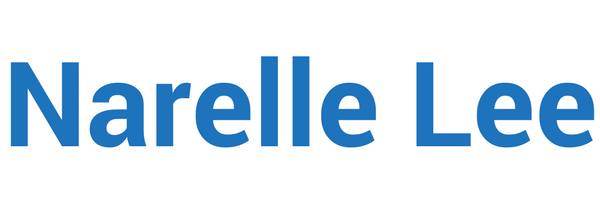EDISC PROFILING
Whilst using several tools when working with clients, one tool is at the centre of her work. Narelle uses the world renown Extended DISC® which is a powerful tool that provides the information to unlock performance.
Extended DISC® measures emotions
Extended DISC® measures the unconscious behaviour of a subject and compares it with the person’s conscious adjusted behavioural style, allowing the measurement of emotions. It goes beyond regular DISC in this regard. Narelle then looks at the emotions being communicated by the respondent at the time of completion of the questionnaire, such as stress levels, uncertainty of his/her role, insecurity, frustration, pressure to change etc. It also enables the report to define the influence of the present environment on the respondent’s motivation as far as certain needs are concerned. This is vital information both for the individual and the organization.
More behavioural styles than in any other instrument
Extended DISC® assumes that an individual has reaction modes for all behaviour styles, some they prefer more than others. Recognizing some 160 different styles, Extended DISC® allows an individual to be more flexible and dynamic (adapting) in his or her behaviour to suit the circumstance or environment. Other quadrant based programs assume an individual is either a feeling or thinking type, recognizing only four styles. Even Myers-Briggs, one of the best-known assessment systems, recognizes only 16 different styles.
Extended DISC® is difficult to cheat
Extended DISC® is extremely difficult to cheat. Other programs can (and often are) answered by the respondent in the way they believe their potential employer or someone giving the test would like them to answer. This is because in the other programs, the emphasis is on the conscious adjusted behavioural style. Extended DISC® identifies when someone has tried to beat the system. The report will be either invalid, show mirror profiles, show a tight Profile II or show an over-shift in Profiles. This is a significant advantage over other quadrant systems.
Measures the individual both on unconscious AND conscious levels
There are two profiles:
Profile I illustrates how the person feels they want/need to adjust their behaviour to cope with the requirements of the present environment.
Profile I demonstrates the individual’s conscious understanding of themselves and their own behaviour in the present situation (conscious self image). This profile changes depending on the situations a person experiences as they “fit in” or adapt.
Profile II illustrates a person’s natural response to an external stimulus.
It is the behavioural style that takes the least energy and effort, as Narelle describes it, the person’s “factory setting”. It requires the least amount of concentration, and is usually the most pleasant to the individual. It feels comfortable and is the reaction mode that the person uses to naturally react to events or experiences and is most frequently exhibited outwardly in one’s behaviour.
More stable results than with any other instrument
It is possible to define action and thinking models to a person’s natural behavioural style by using Profile II. Profile II is usually a profile that remains constant over time, hence any significant and large changes a person’s Profile II usually mean significant events and changes in the immediate environment of the individual. These are forcing him or her to seek new ways to cope.
Extended DISC® not only assesses, but also helps the individual
By comparing the two profiles Narelle can tell whether a person has tried to answer the questions the way they believe the interviewer wants them to appear. Narelle can tell whether there is a key feeling of uncertainty or lack of clarity, whether the person feels insecure or whether a person is frustrated.
Narelle can even interpret a key feeling of helplessness and again whether a person is under pressure.
Narelle can tell whether a person feels the need to adjust, the amount they feel the need to adjust, and whether that adjustment is likely to lead to stress in the long haul.
Available in several languages
Extended DISC® is available in 50 languages. All languages are available to all users. This feature is most useful when dealing with people whose original language is not English.
To find out how Extended DISC® can be used to improve performance and increase workplace harmony for your business please get in touch.
